Science Brief: Air Conductivity
Background:
Dr Friedemann Freund of NASA Ames has discovered a phenomenon whereby stress on rock samples has been shown to induce mobile charge carriers (called p holes or defect electrons). These stress-induced charge carriers have been observed in laboratory experiments (Freund, 2007) and outdoor boulder cracking experiments (cite). In laboratory experiments, a hydraulic press stresses a rock sample (Fig 1 below) on the left side of the sample, and p holes (positive carriers) migrate to the right side of the sample.
After some time, the concentration of positive carriers is so great that nearby oxygen molecules in the air touch the sample and give up an electron, becoming positive ions that float off. If the charge concentration is large enough, the captured electrons can generate a corona discharge, sometimes resulting in a brief flash of visible light. This could possibly be related to “earthquake lights” on the scale of a larger earthquake ionizing the air and causing a large flash or glowing pattern. (put earthquake lights video url here)
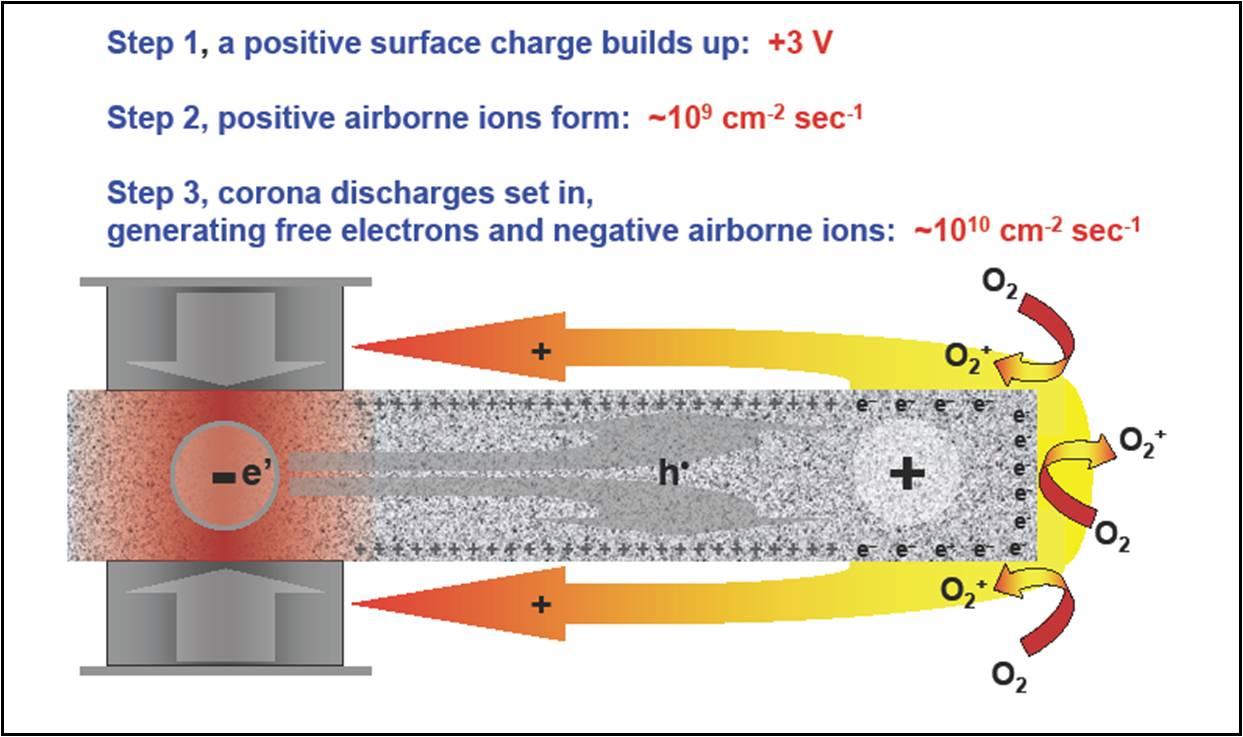
Figure courtesy of F. Freund, NASA
Figure 1 Rock sample stressed in a press and electrical generation of both positive and negative carriers
Is there a connection with earthquakes?
Based on this evidence, QuakeFinder started installing simple air ionization detectors at 30 of the 65 sites in California. These sensors included a simple pair of stainless steel plates (10cm by 10 cm) mounted about 1 cm apart and connected to 60 VDC on one plate and ground on the other. The current was measured between the plated and converted to a voltage for measurements. These prototype sensors were not truly calibrated, but did measure the bulk charge concentration between the plates as the air drifted past the plates. They were also enclosed on a fiberglass inverted “bucket” to protect them from rain.
In October of 2007, there was a M5.4 earthquake within 2km of the QuakeFinder site 609 in East Milpitas, CA. The air conductivity data was reviewed and it showed mostly positive ions near the site, but also some negative charges increasing significantly prior to the quake. Figure 2 below shows the month of October with several episodes of sustained positive and negative ion concentration changes, along with several “spikes” of positive ion changes. The detector is sensitive to water condensation during fog and rain, so the red “X” represents contaminated data that should be ignored. The evidence appears to demonstrate that earthquakes do generate air ionization changes prior to the onset of the quake. However, this was only one example.
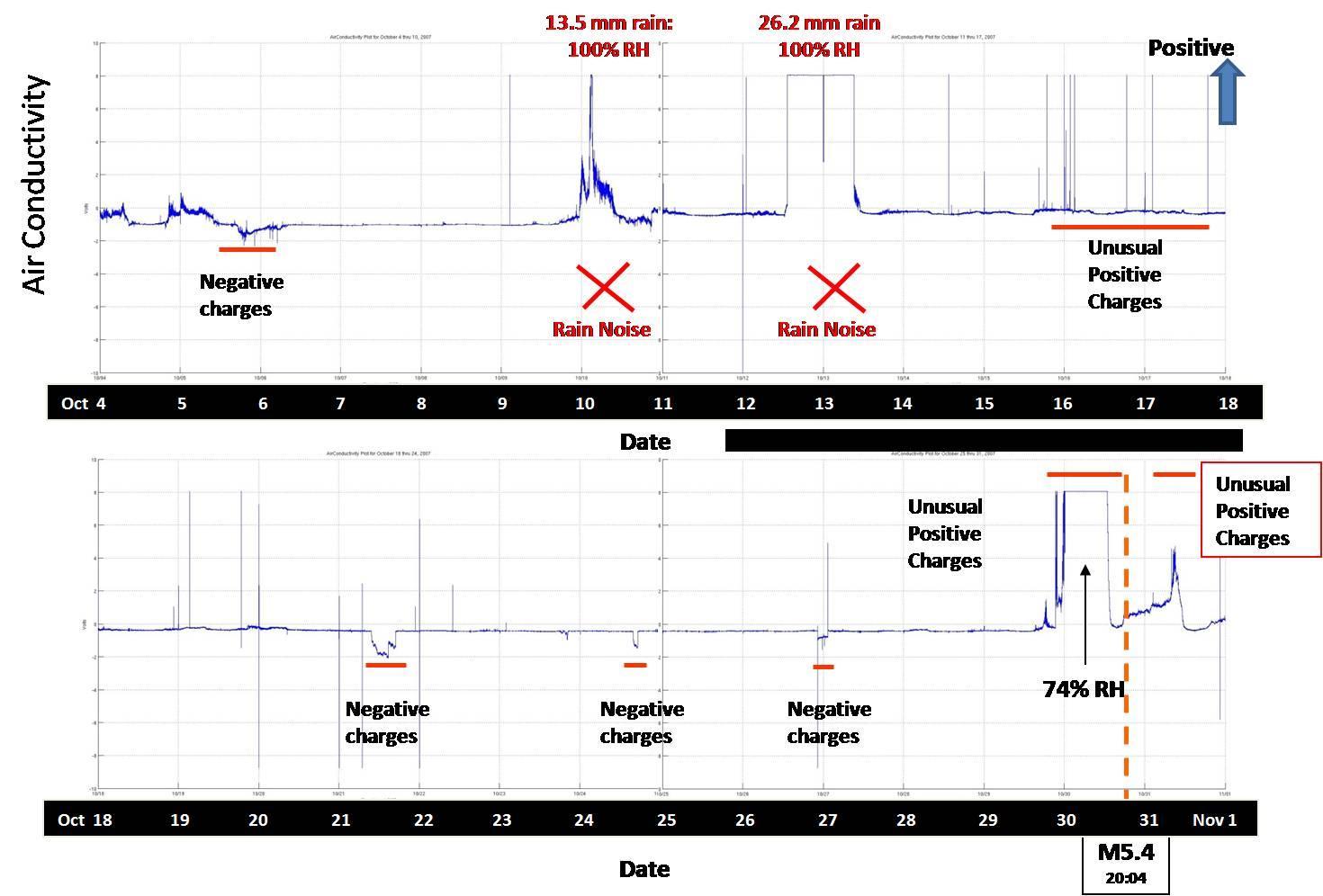
Figure 2 Air ionization changes during the month of Oct, 2007 prior to a M5.4 quake>
In March of 2010, another QuakeFinder instrument was deployed near Tacna, Peru, in collaboration with the Catholic University in Lima Peru (PUCP). In May of 2010, strange behavior in the sensors was observed. In this case, the new sensors were configured to show positive ions in the downward direction, and negative ions in the upward direction in the plots below. Figure 3 shows a “normal” signature at Tacna during the month of April, 2010. There was some artificial signal from the nearby ocean winds (“sea air”).
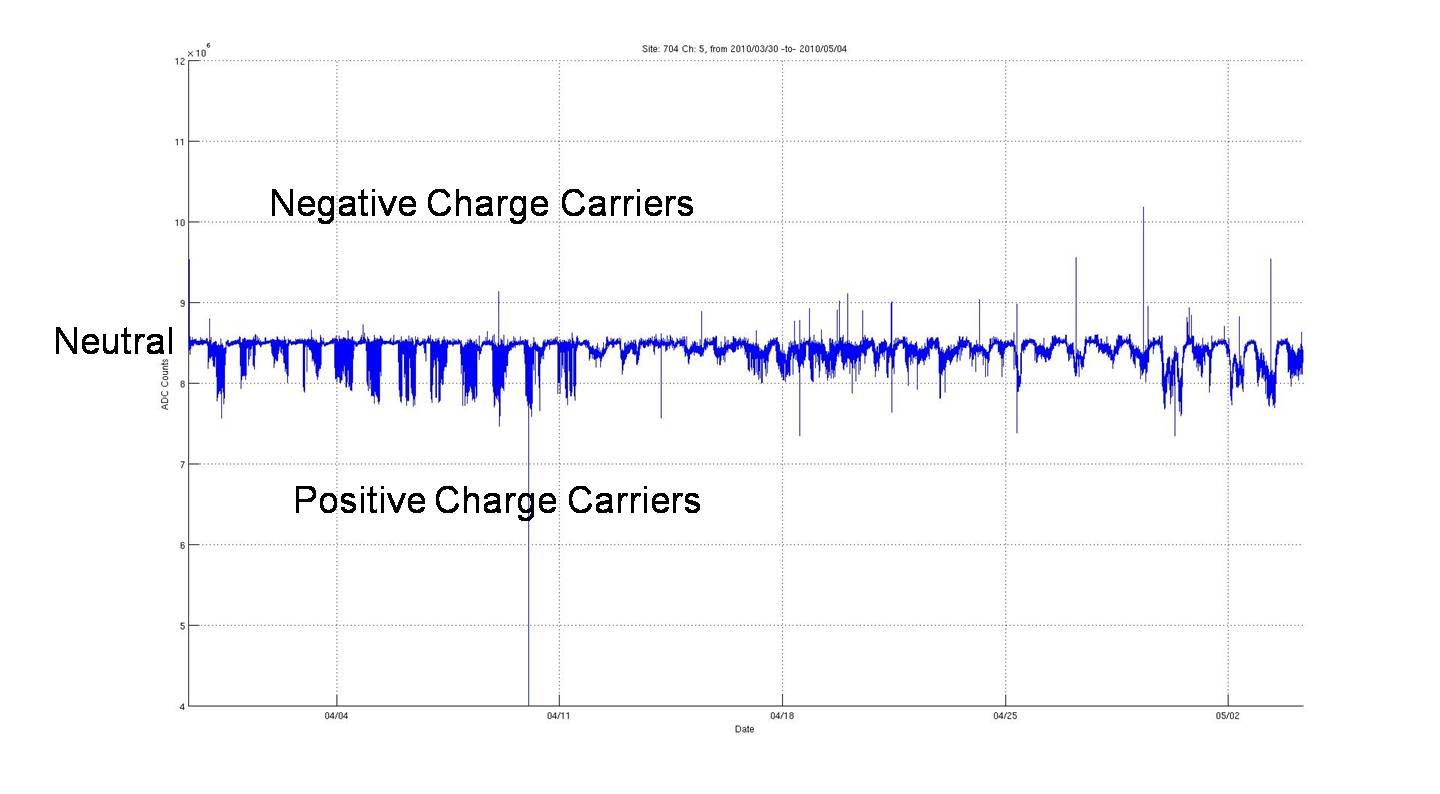
Figure 3 Air Conductivity plot during April and part of May, 2010 at Tacna, Peru
Figure 4 below is a expansion of the right side in early May, and shows a sustained ion change prior to the May 5 M5.2 earthquake near the site.
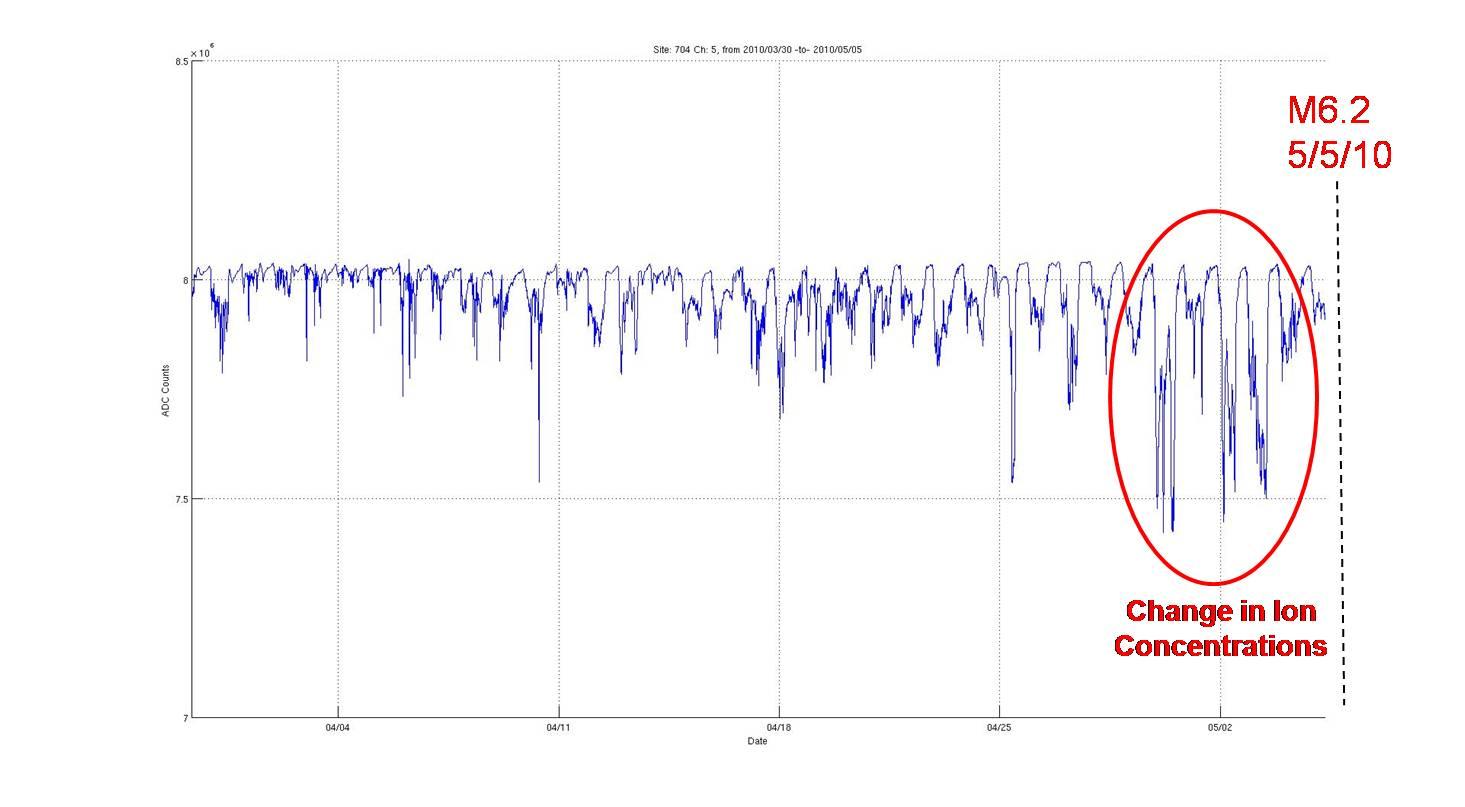
Figure 4 Sustained air ion changes prior to the M6.2 quake at Tacna, Peru
Figure 5 below shows an earlier episode of conductivity change (April 4)
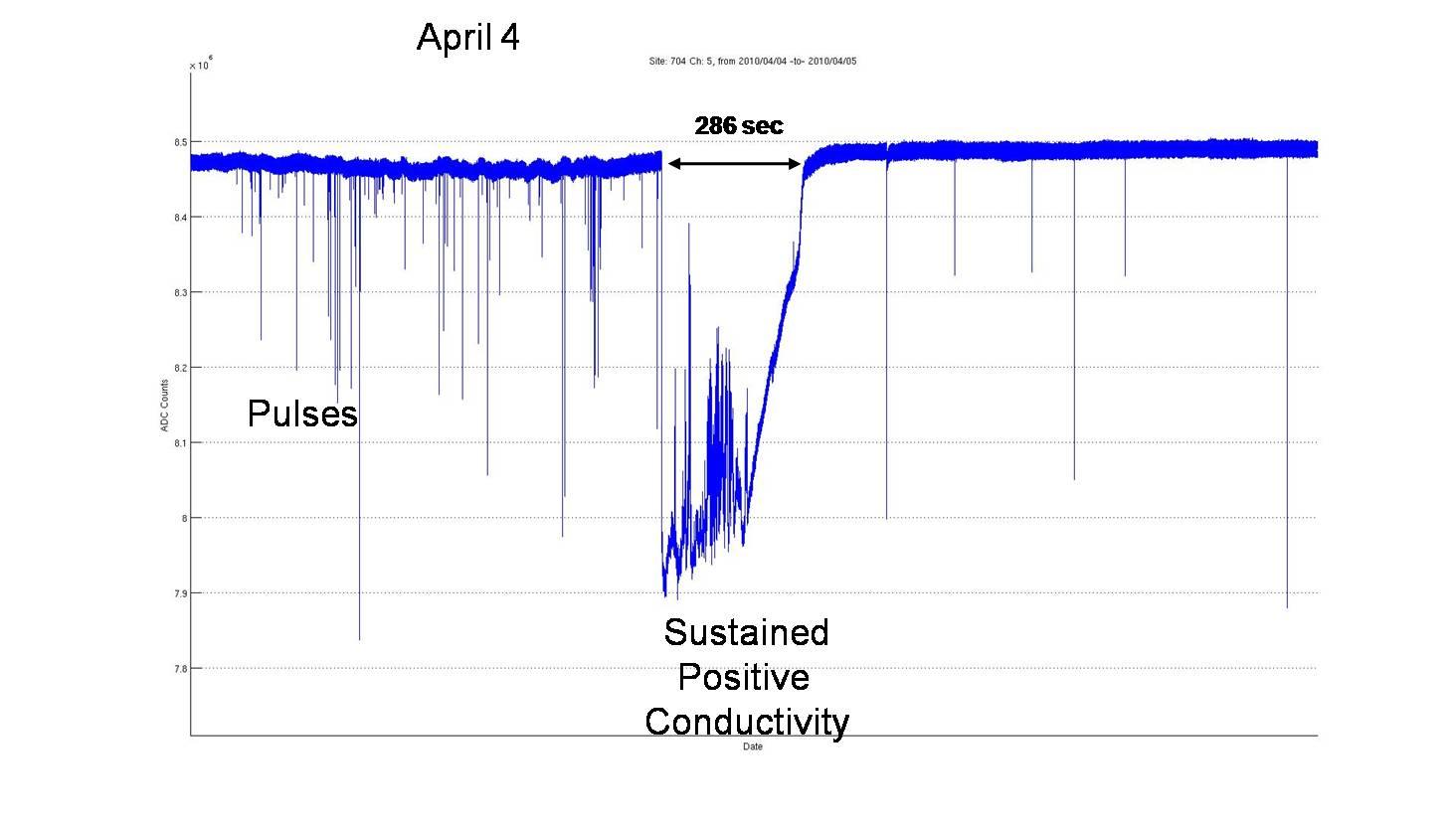
Figure 5 Expansion of April , 2010 data at Tacna, Peru.
As the quake approached, the conductivity became more sustained, as is illustrated in Figure 6 below.
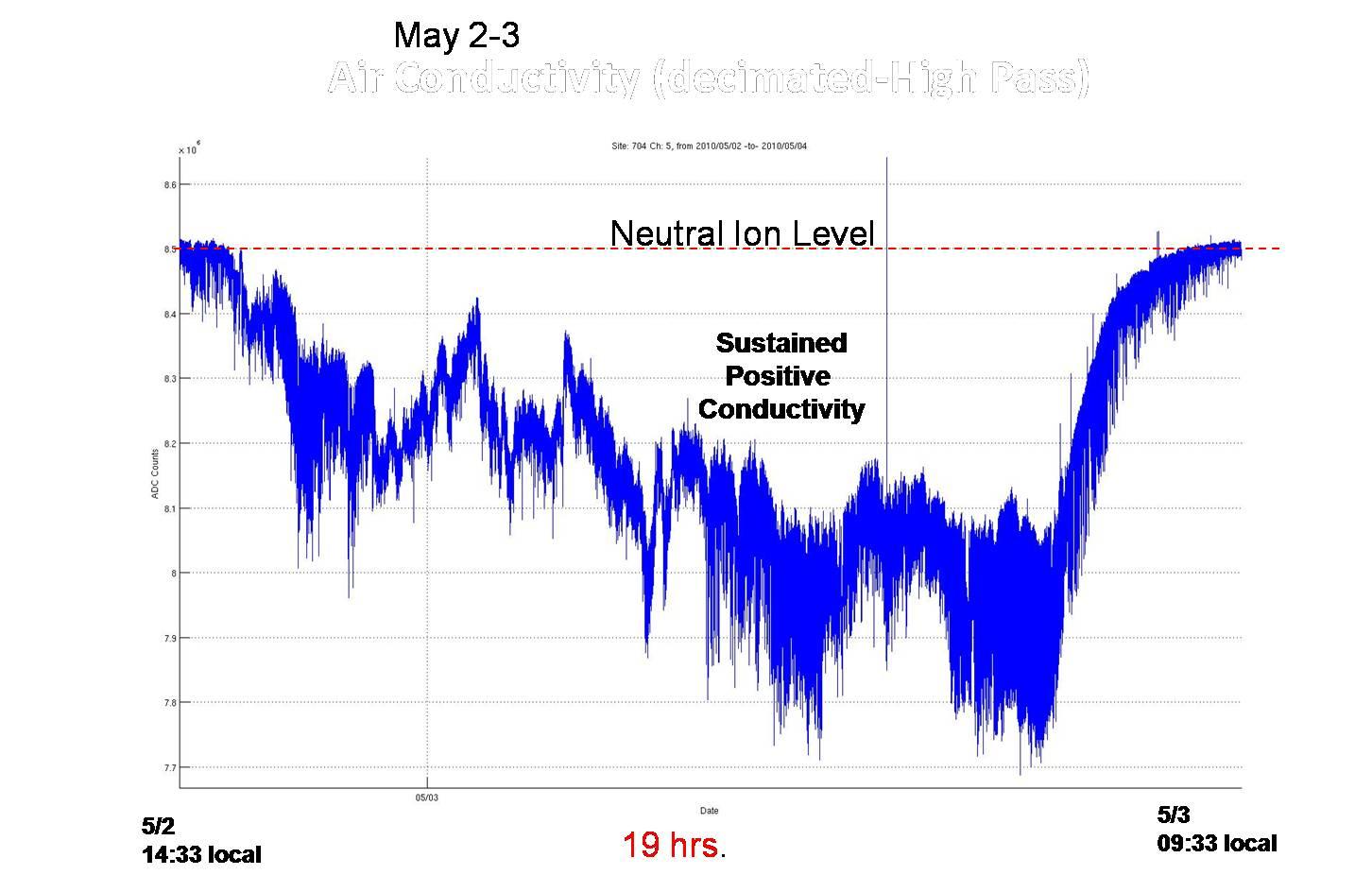
Figure 6 Air ionization changes 2-3 days prior to the Tacna M6.2 quake
Now we have two good examples of air ionization changes. Alum Rock was a strike slip earthquake in California along the Calaveras fault. Tacna was a subduction fault where the earthquake was much deeper,and yet demonstrated the same type of stress-induced charge carrier phenomenon, and resulting air conductivity changes.
Future:
In the next model of QuakeFinder instruments (QF-2010) we plan to replace the “bulk charge detection sensors used above because they are un-calibrated and were intended to merely detect any changes that might occur. The new instruments will include dual air conductivity sensors (Trifield Air Ionization sensors) that are calibrated and able to detect and measure both + and – species simultaneously.
References:
Freund, F. T.: Pre-earthquake signals – Part I: Deviatoric stresses turn rocks into a source of electric currents, Nat. Hazards Earth Syst. Sci., 7, 535–541, 2007.
Freund, F. T.: Pre-earthquake signals – Part II: Flow of battery currents in the crust, Nat. Hazards Earth Syst. Sci., 7, 543–548, 2007.
Freund, F. T.: Stimulated IR emission from rocks: Assessing a stress indicator, eEarth, 2, 1–10, 2007.
Freund, F. T., Takeuchi, A., and Lau, B. W.: Electric currents streaming out of stressed igneous rocks – A step towards understanding pre-earthquake low frequency EM emissions, Phys.
Chem. Earth, 31, 389–396, 2006.
